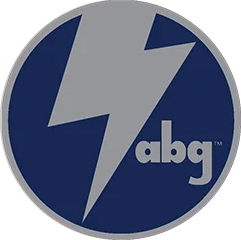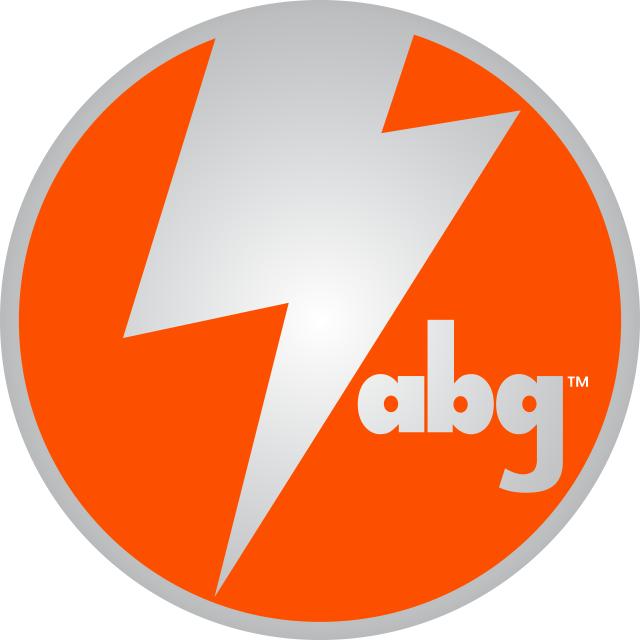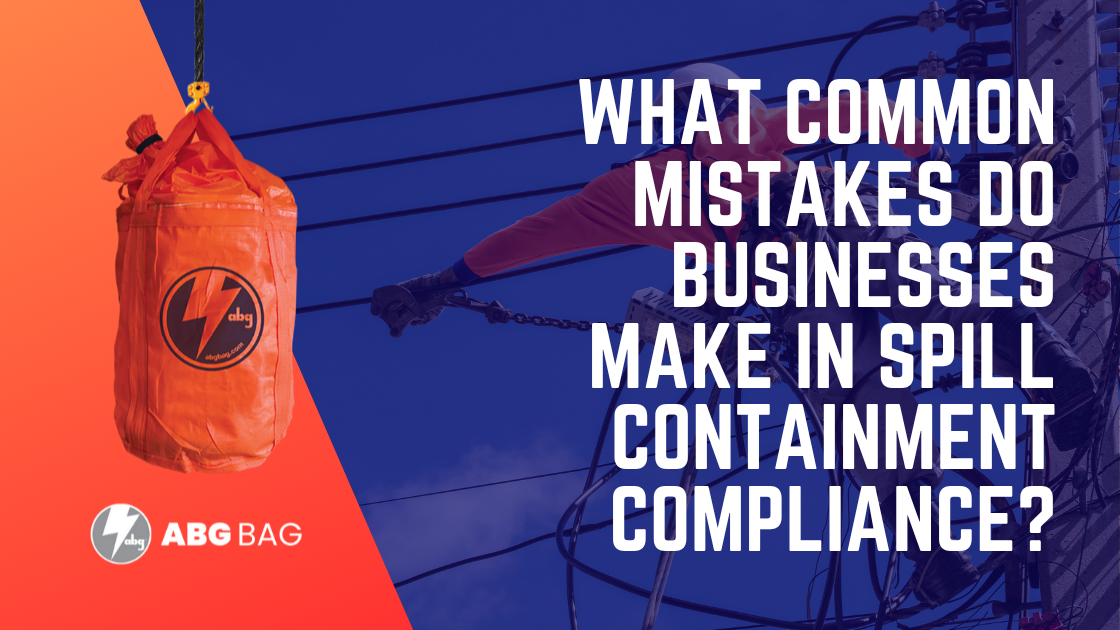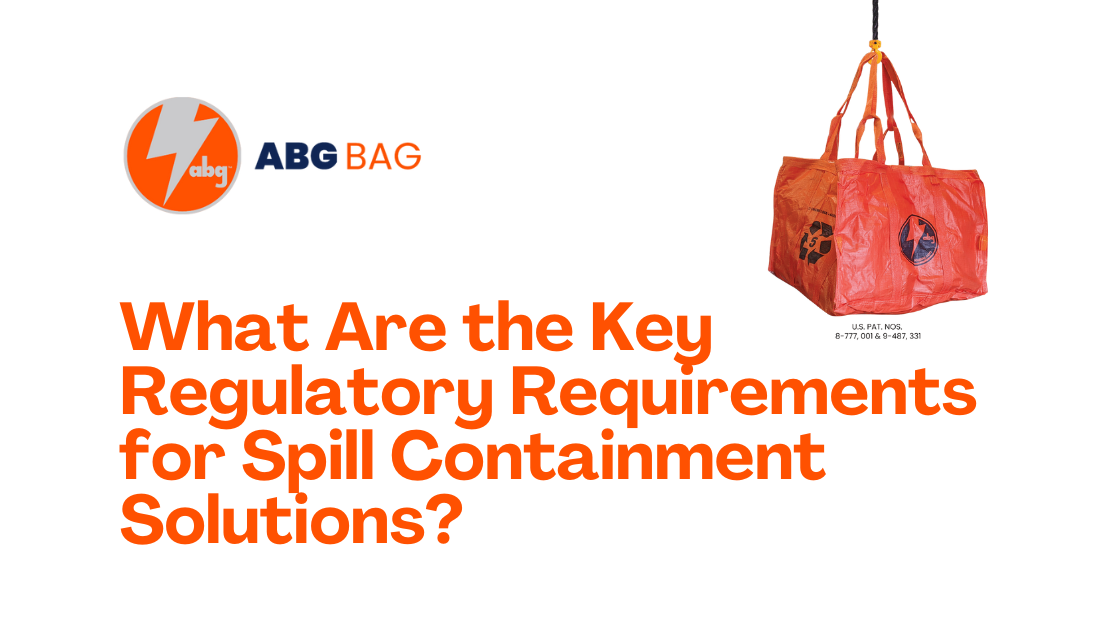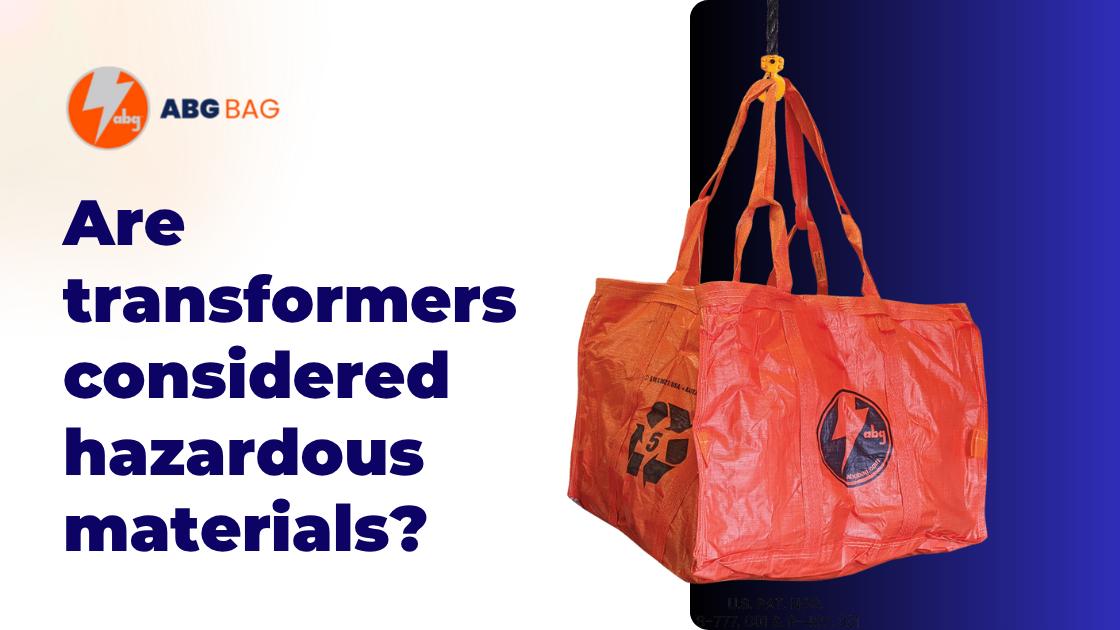
Are transformers considered hazardous materials?
Transformers are a cornerstone of electrical distribution systems, ensuring reliable power delivery to homes, businesses, and industrial facilities. While their primary function is electrical, many transformers contain oils, insulating fluids, and, in older models, polychlorinated biphenyls (PCBs). These substances can pose environmental and health risks if improperly handled, raising the question: are transformers considered hazardous materials?
The answer is yes—at least under certain circumstances. Understanding why transformers are classified as hazardous, and how to manage them safely, is essential for utility companies, maintenance crews, and regulatory compliance officers.
For a detailed overview of transformer spill containment and compliance strategies, see Why UN And TSCA Compliance Matters For Transformer Spill Safety and consult A Complete Guide To Regulatory Spill Containment Solutions.
Transformer Oils and Dielectric Fluids
Most modern transformers rely on mineral-based or synthetic oils to provide insulation and cooling. While these oils are not inherently highly toxic, they are classified as hazardous when spilled because they can contaminate soil, groundwater, and surface water.
Transformer spill containment is critical to prevent environmental damage. Transformer EPA Containment systems, utility spill containment products, and spill pallets capture leaks or drips during operation, maintenance, or storage. Without containment, even a minor leak can create a risk of regulatory violation, environmental harm, and costly cleanup.

PCBs and TSCA-Regulated Fluids
Older transformers may contain polychlorinated biphenyls (PCBs)—synthetic organic chemicals once commonly used for their insulating properties. PCBs are highly toxic, environmentally persistent, and capable of bioaccumulating in the food chain. Because of their potential health and environmental impacts, PCB-containing transformers fall under strict federal regulations governed by the Toxic Substances Control Act (TSCA).
TSCA containment solutions are designed to prevent PCB oils from leaking during maintenance, transport, or storage. These systems include durable, chemically resistant containment bags, secondary containment liners, and portable spill systems that integrate with cleanup protocols. Deploying TSCA-compliant containment ensures utilities meet federal requirements and protect both employees and the surrounding environment.
Classification as Hazardous Material
Because transformers often contain oil or PCB fluids, they are classified as hazardous materials for both transport and stationary containment purposes. This classification has important implications for utility companies, particularly in the areas of regulatory compliance and operational safety.
Hazardous material transport containment includes products such as DOT Containment Solutions, DOT hazmat containment bags, Transformer DOT Containment, and UN-compliant containment bags. These products are designed to withstand impacts, vibration, stacking, and temperature changes during transport, providing a secondary layer of protection should leaks occur.
By using certified containment systems, utilities demonstrate due diligence in handling hazardous materials and minimize the risk of environmental contamination. Proper containment is also essential for compliance with DOT and international shipping regulations.
EPA Containment Considerations
While DOT standards govern the transport of hazardous materials, the Environmental Protection Agency (EPA) focuses on preventing contamination at stationary facilities. Transformer EPA Containment products—such as spill pallets, berms, and reinforced bags—help utilities comply with secondary containment requirements.
These systems are sized to hold at least 110% of the largest container volume and are made from materials compatible with transformer oils and other fluids. Regular inspection and maintenance of EPA containment systems ensure ongoing compliance and reduce the likelihood of leaks that could harm soil, groundwater, or surface water.
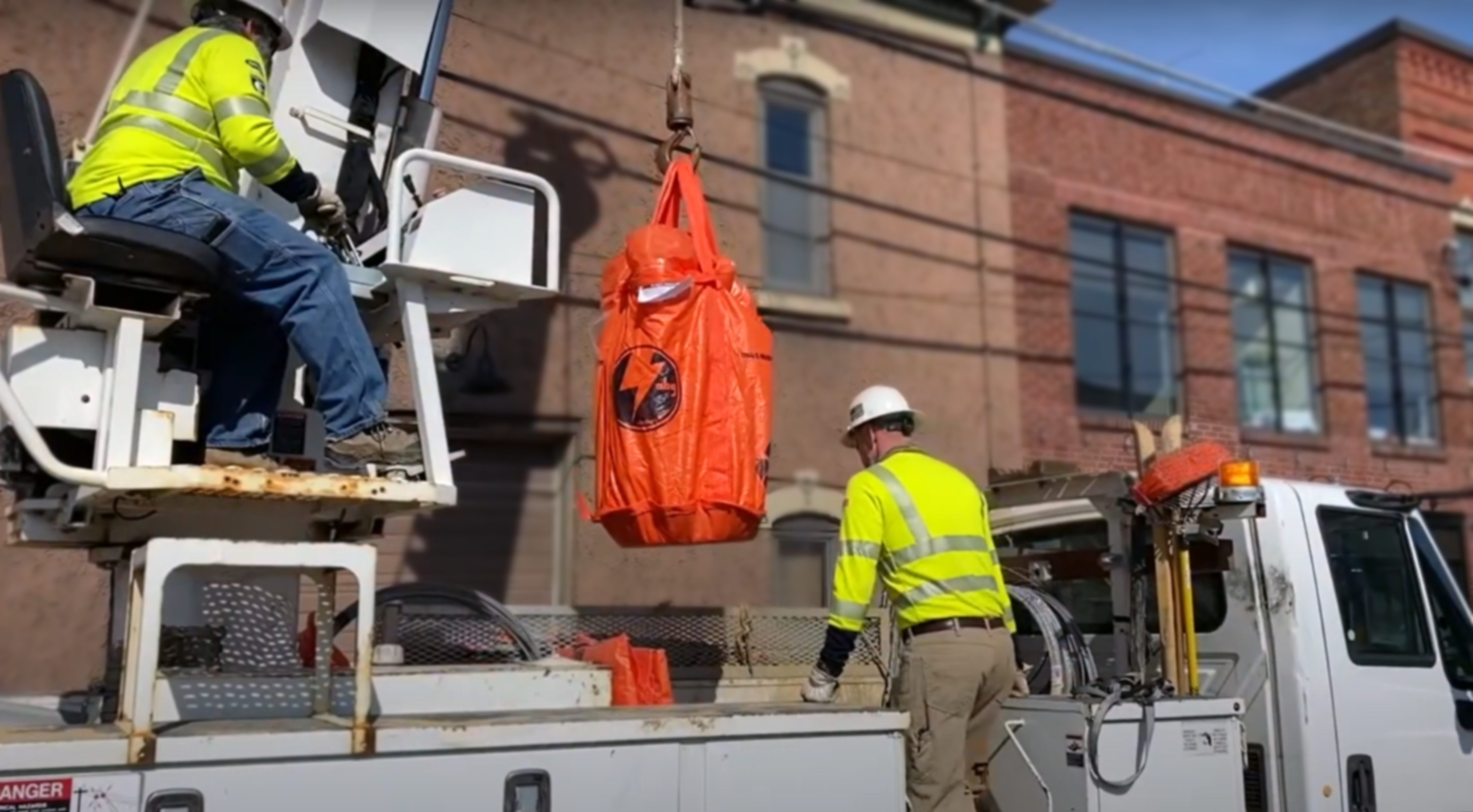
Transport Safety and Operational Best Practices
Utilities transporting transformers must also consider operational safety. Even transformers that are primarily non-PCB still require secure containment during shipping. Using DOT hazmat containment bags, Transformer DOT Containment systems, and UN-compliant containment bags ensures compliance with federal and international transport regulations.
Best practices include:
- Inspecting the transformer for leaks, damaged seals, or compromised components before transit.
- Selecting containment products compatible with fluid type and transformer size.
- Ensuring secure closures and reinforced seams to prevent spills during movement.
- Training personnel on proper handling, deployment, and emergency response procedures.
By integrating containment into standard operating procedures, utilities reduce the risk of spills, maintain regulatory compliance, and protect both workers and the environment.
Why Containment Matters
Classifying transformers as hazardous materials is more than a regulatory requirement—it reflects a commitment to environmental stewardship, safety, and operational responsibility. Utility spill containment products, TSCA containment solutions, Transformer EPA Containment, and Transformer DOT Containment systems together provide a comprehensive strategy to prevent leaks and manage hazardous fluids effectively.
Proper containment mitigates risks associated with:
- Soil and groundwater contamination
- Regulatory violations and penalties
- Cleanup costs and operational delays
- Health and safety hazards for personnel
In short, using certified containment solutions is an essential component of responsible transformer management.
Transformers are considered hazardous materials due to the oils, insulating fluids, and PCBs they may contain. Managing these devices safely requires a combination of DOT Containment Solutions, EPA Containment Solutions, TSCA containment solutions, and specialized utility spill containment products. By deploying certified containment systems, utilities ensure compliance, protect the environment, and maintain operational efficiency.
Contact ABG BAG, INC.
ABG BAG, INC. provides a full range of containment solutions, including Transformer EPA Containment, DOT Containment Solutions, TSCA containment solutions, and utility spill containment products. To discuss your containment needs or request a consultation, call 800-758-8079. Our team will help you select the right solutions to protect your equipment, personnel, and the environment.
Do You Have Questions?
For inquiries about our products, order status, or any other information related to ABG, send us a message, and we will respond soon.
Sales & Customer Care
Product Questions



